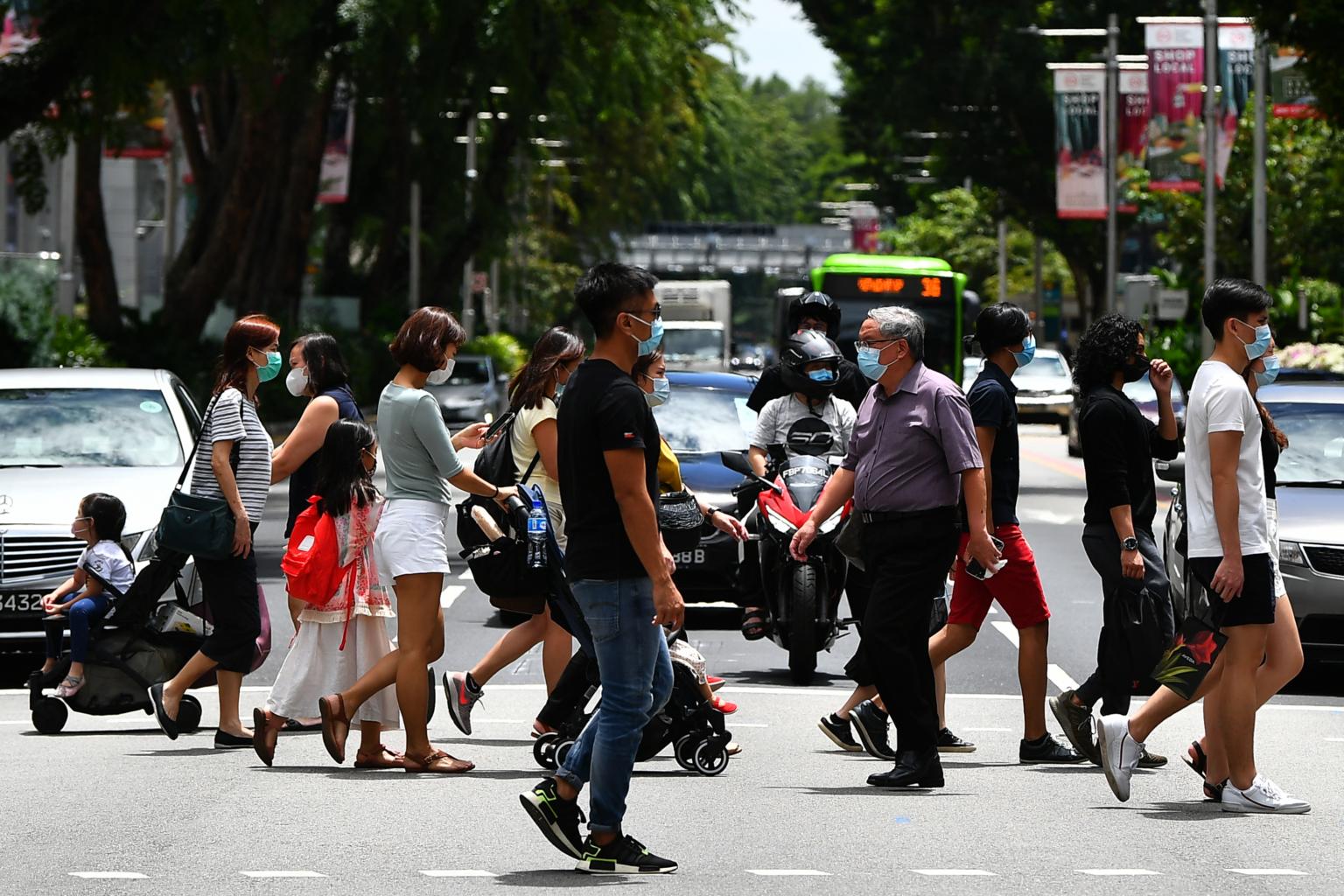Parliament: Annual number of new PRs and citizens stable for last 5 years, says Indranee
Sign up now: Get ST's newsletters delivered to your inbox

There have been about 22,100 new citizens every year on average.
ST PHOTO: LIM YAOHUI
Yuen Sin
Follow topic:
SINGAPORE - About 31,700 people were given Singapore permanent resident status each year over the past five years, and their number has remained stable, said Minister in the Prime Minister's Office Indranee Rajah.
And there have been about 22,100 new citizens every year on average over the same period, including about 1,600 children born overseas yearly to Singaporean parents, she added.
Responding to questions from Mr Liang Eng Hwa (Bukit Panjang) and Ms Poh Li San (Sembawang GRC) in Parliament on Wednesday (Oct 14), Ms Indranee said that like most developed economies, Singapore's resident total fertility rate (TFR) remains below the replacement rate of 2.1 - the level at which a population replaces itself.
The resident TFR was 1.14 last year, unchanged from the year before that.
Ms Indranee, who oversees the National Population and Talent Division, reiterated that Singapore does not have a population target or seek to achieve any particular population size.
She said: "Singapore's population size is affected by many factors, including birth rates, life expectancy, as well as global developments affecting immigration and employment."
The Government in 2018 said Singapore's total population size is likely to be significantly below 6.9 million by 2030, she added. "This outlook remains valid today," she said.
Ms Indranee said citizenship and PR status are offered selectively to applicants who are committed to making Singapore their home, and who can integrate and contribute to Singapore.
"New citizens either share family ties with Singaporeans or have studied, worked or lived here for some time. They are drawn from the pool of qualified PRs who eventually make a serious commitment to take on citizenship," she added.
Ms Indranee also said Singapore's infrastructure planning is a long-term process that is guided by many factors besides demographics, including land use needs for economic growth, and socio-economic and technological trends.

